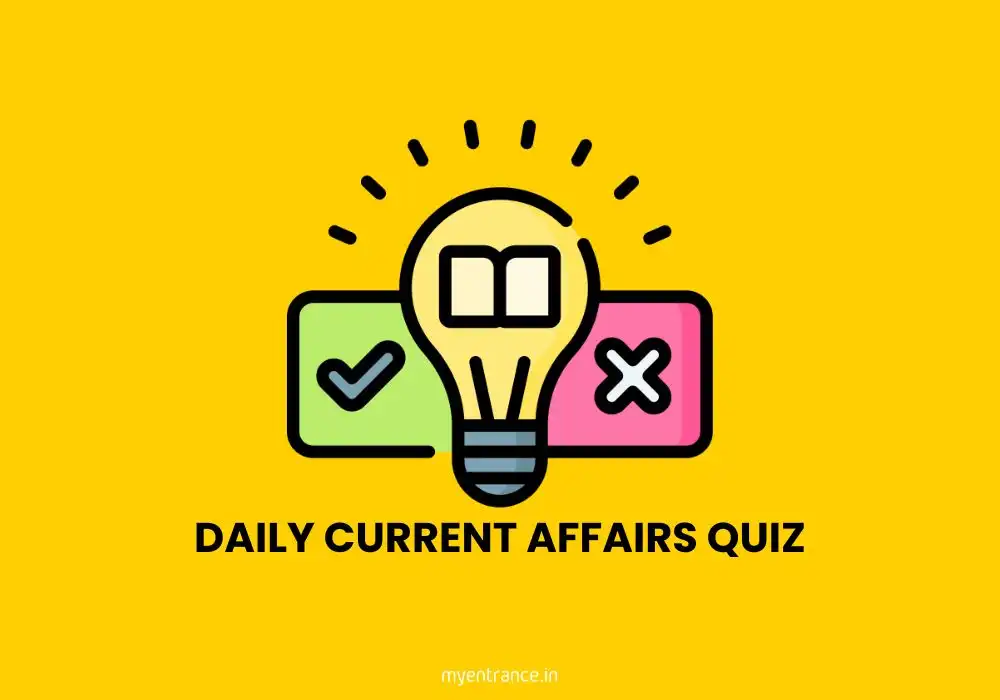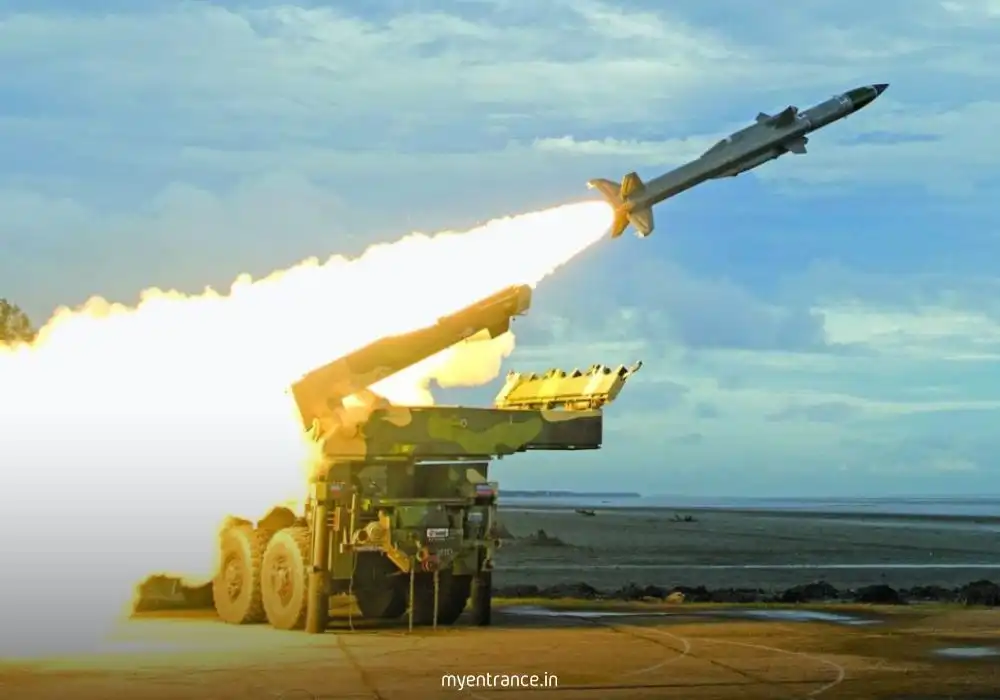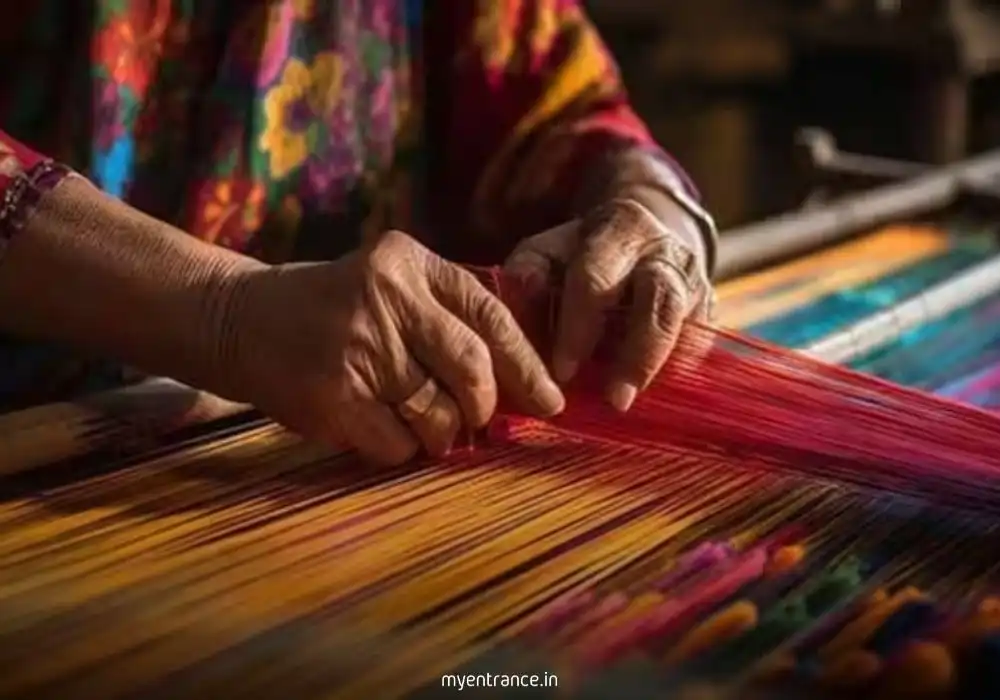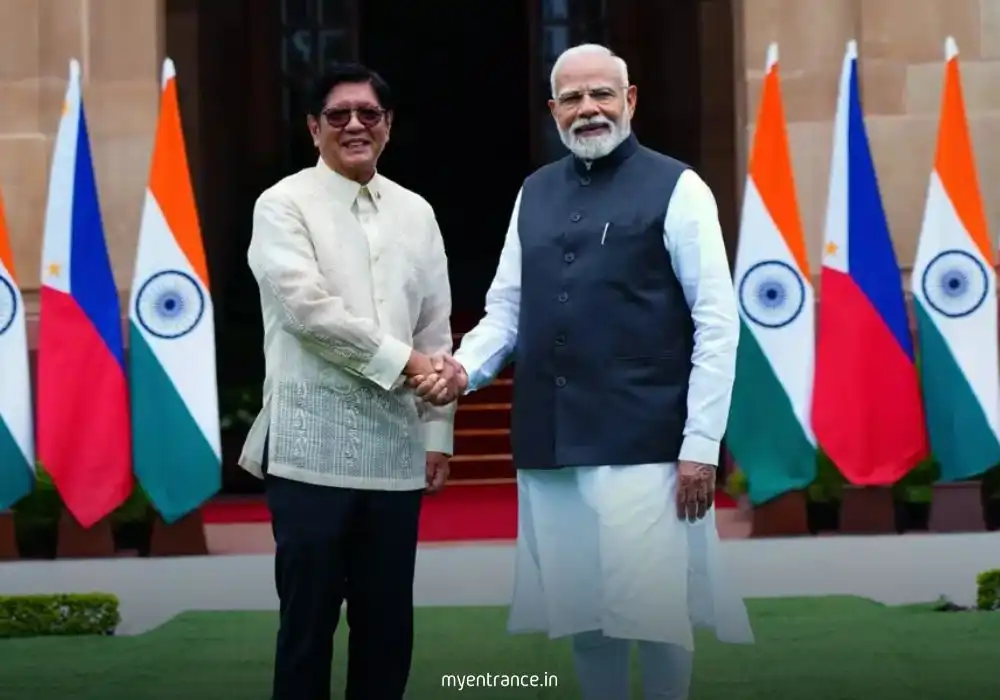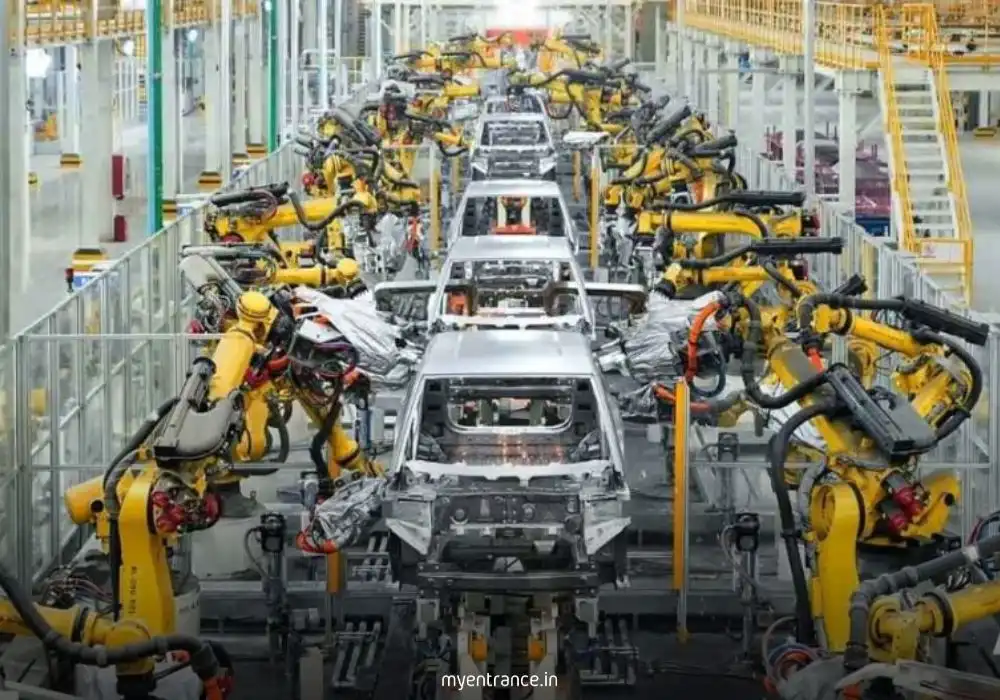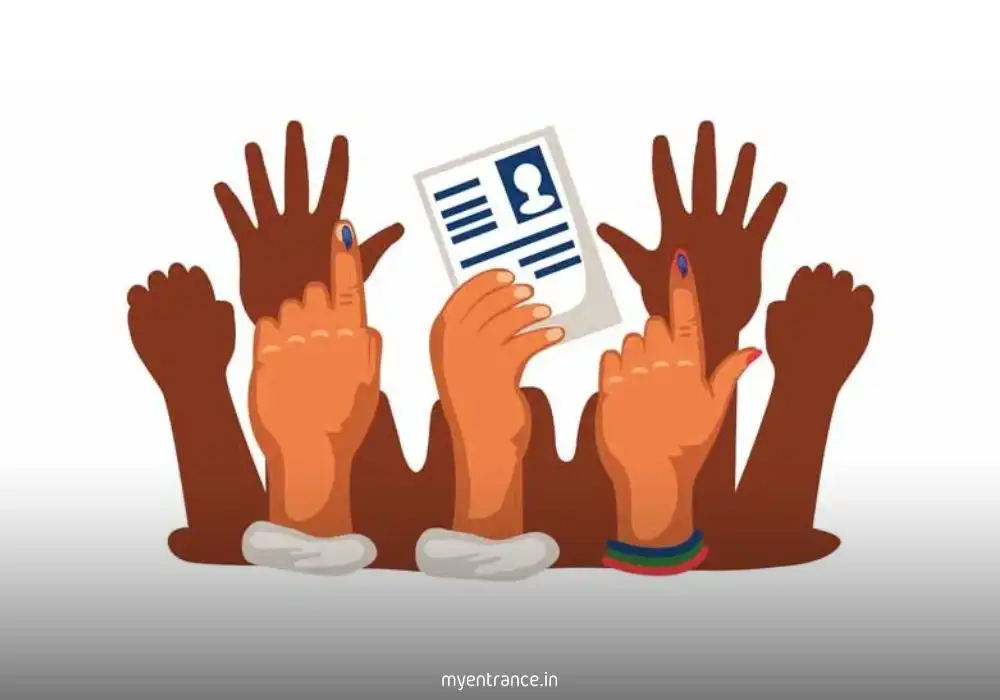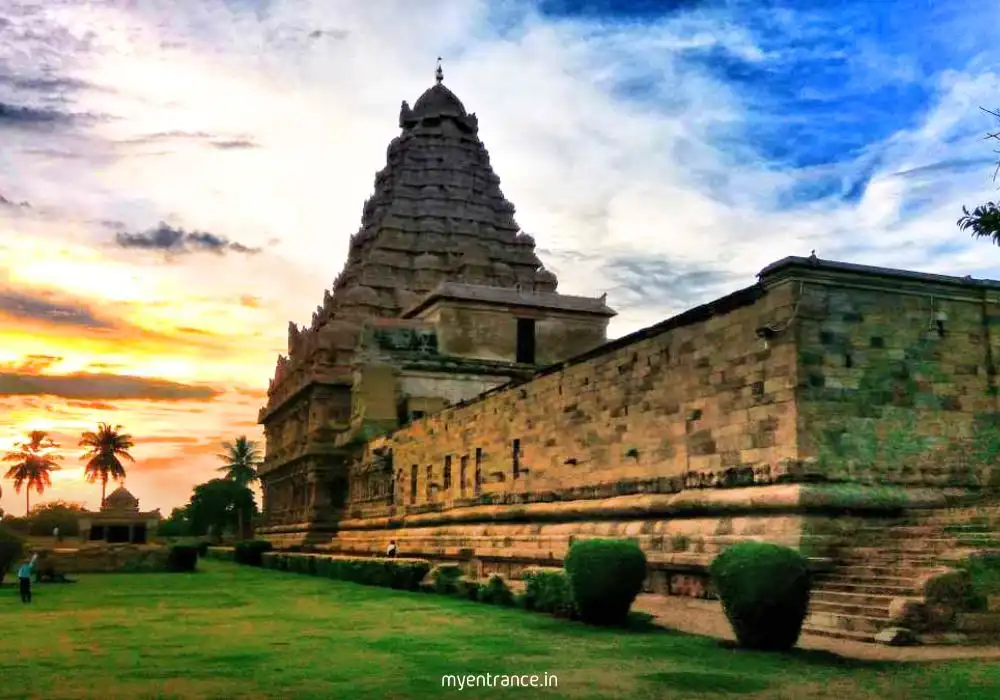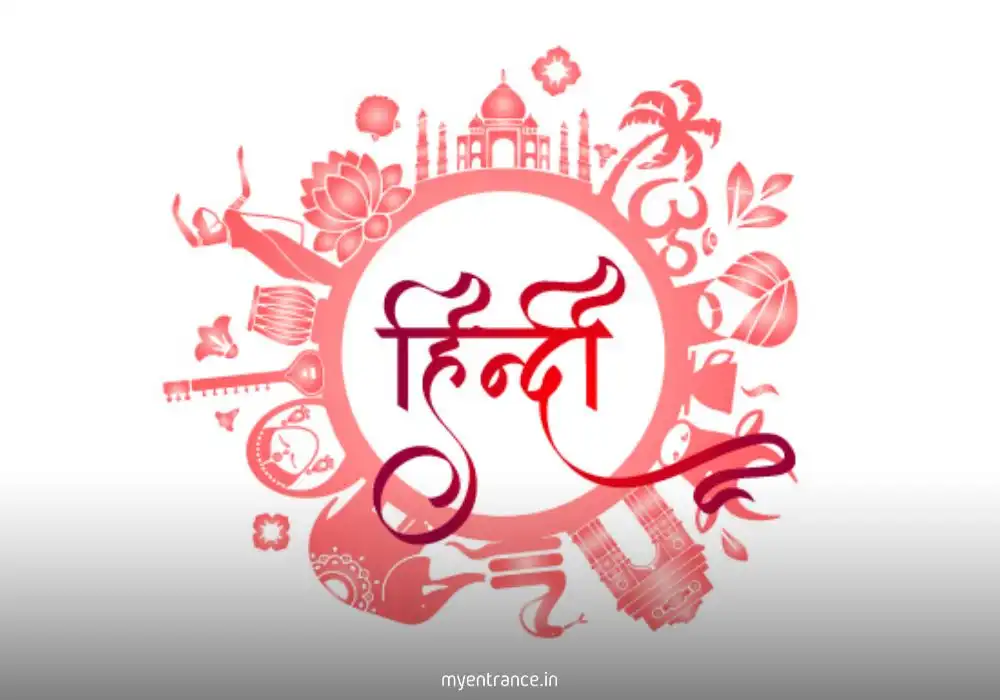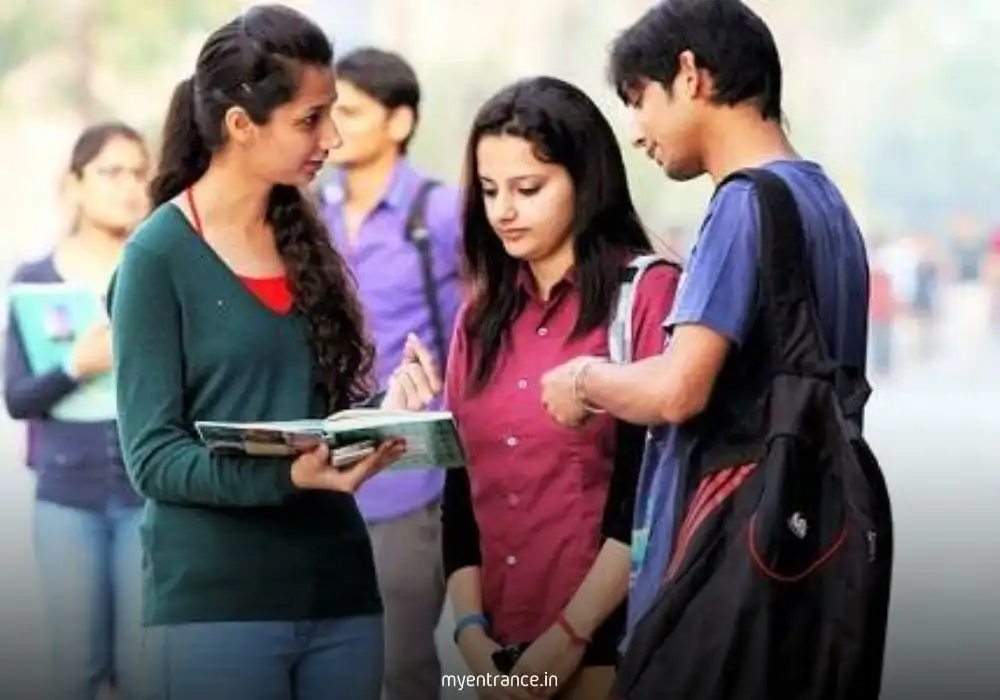Translate Language
Can Denmark’s Copyright Law Revolutionize the Fight Against Deepfakes?
Deepfake technology is rapidly evolving, making it harder to distinguish between real and manipulated content. Denmark has proposed an innovative solution—extending copyright laws to safeguard individuals’ facial features, voice, and appearance. This move could set a global precedent in regulating AI-generated content.
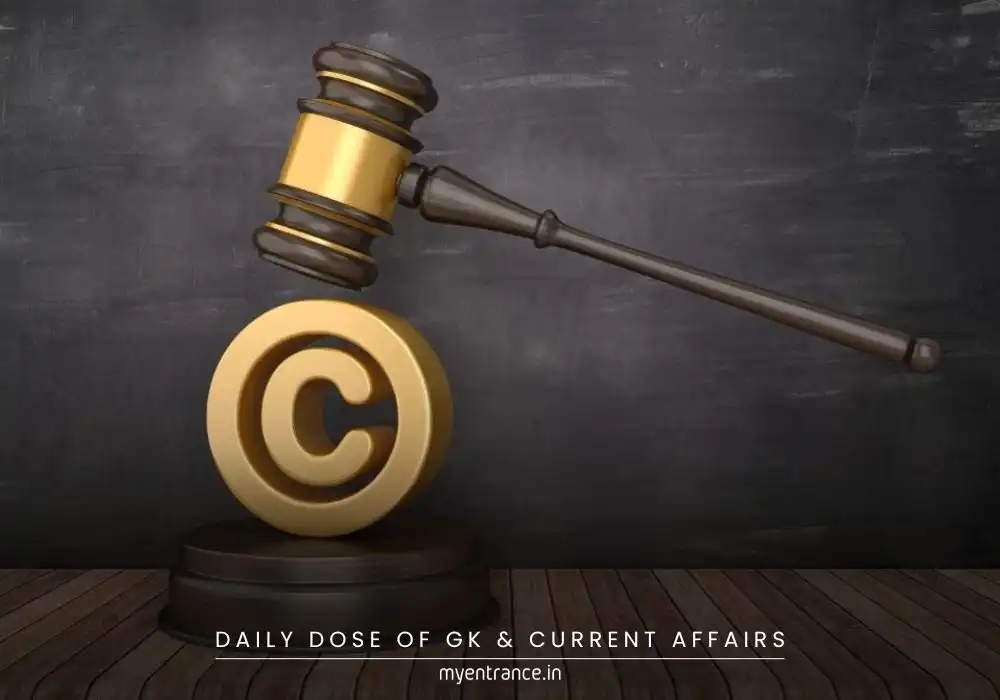
Denmark’s Unique Approach to Regulating Deepfakes
What Are Deepfakes?
Deepfakes are AI-generated synthetic media—videos, images, or audio—that realistically depict people saying or doing things they never did. Initially used for entertainment, they are now widely exploited for misinformation, fraud, and non-consensual content.
Denmark’s Copyright Law Expansion
Denmark’s proposed amendment aims to:
Protect personal identity by making it illegal to share deepfakes of someone without consent.
Allow takedowns & compensation, similar to copyright claims on creative works.
Cover voices, facial features, and performances, even for non-artists.
Key Features of the Bill
Imitation Protection – Bans unauthorized digital recreations of a person’s appearance or voice.
Performance Protection – Extends to artistic acts that don’t meet traditional copyright standards.
Posthumous Rights – Protections last up to 50 years after death.
Why This Matters Globally
Most countries, including India, rely on existing IT and copyright laws to address deepfakes, but these are often reactive rather than preventive. Denmark’s approach is harm-agnostic, meaning it targets deepfake distribution itself, not just specific abuses.
Challenges & Concerns
Freedom of Expression – Could this law stifle parody or satire?
Enforcement Difficulties – How will platforms detect and remove deepfakes efficiently?
Global Adoption – Will other nations follow Denmark’s lead?
India’s Current Legal Framework
India tackles deepfakes through:
IT Act (Sec. 66E) – Punishes privacy violations via manipulated media.
Copyright Act – Protects creative works but not personal likeness.
Election Laws – Bans deepfakes in political campaigns.
However, a dedicated deepfake law could strengthen protections, as current rules lag behind AI advancements.
Sample Questions & Answers
Q1: What is a deepfake?
A: A deepfake is AI-generated synthetic media (video, audio, or images) that realistically alters or fabricates a person’s appearance, voice, or actions.
Q2: How is Denmark planning to regulate deepfakes?
A: By amending copyright laws to protect individuals’ facial features, voice, and performances, making unauthorized deepfake sharing illegal.
Q3: What are the key protections in Denmark’s proposed bill?
A:
Imitation protection (against copying faces/voices).
Performance protection (covers non-verbal acts).
50-year posthumous rights.
Q4: How does India currently handle deepfake misuse?
A: Through the IT Act (privacy violations), Copyright Act (creative works), and election laws, but lacks specific deepfake regulations.
Q5: Why is Denmark’s approach significant?
A: It’s the first to treat deepfakes as a copyright issue, setting a potential global standard for AI-generated content regulation.
Final Thoughts
Denmark’s bold legal strategy could inspire worldwide reforms in deepfake governance. As AI advances, proactive laws like this may become essential to protect identity and curb digital deception.
For more exam-focused insights and mock tests on current affairs, visit MyEntrance.in!
Get 3 Months Free Access for SSC, PSC, NIFT & NID
Boost your exam prep!
Use offer code WELCOME28 to get 3 months free subscription. Start preparing today!
